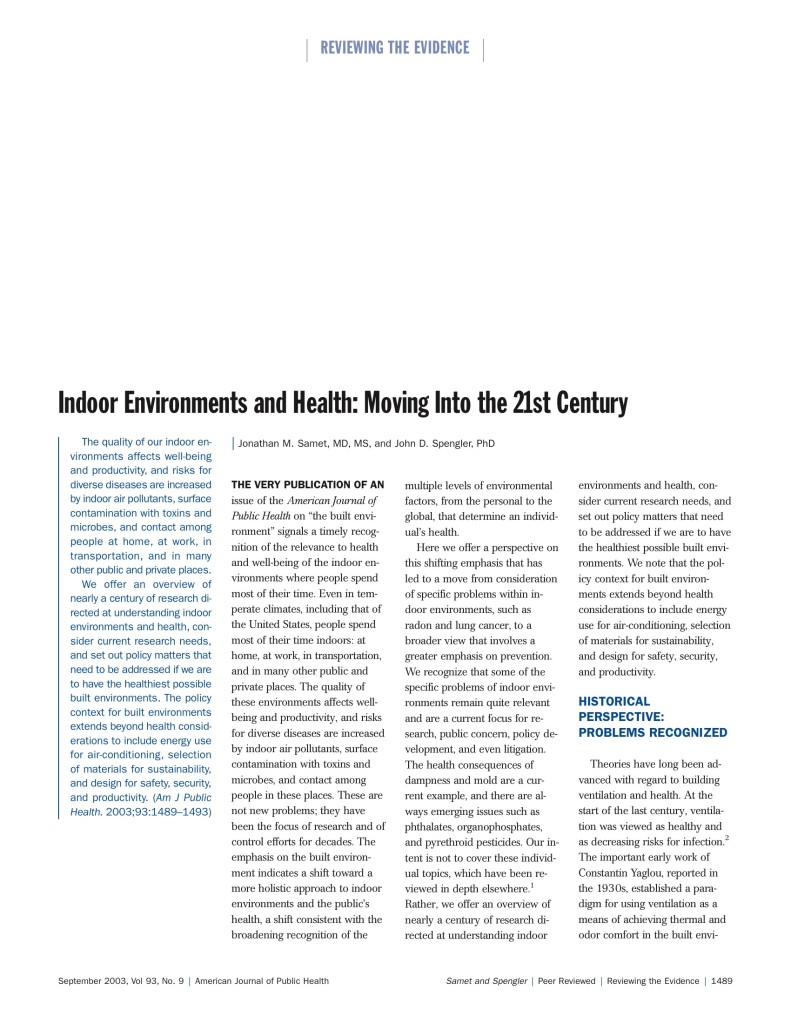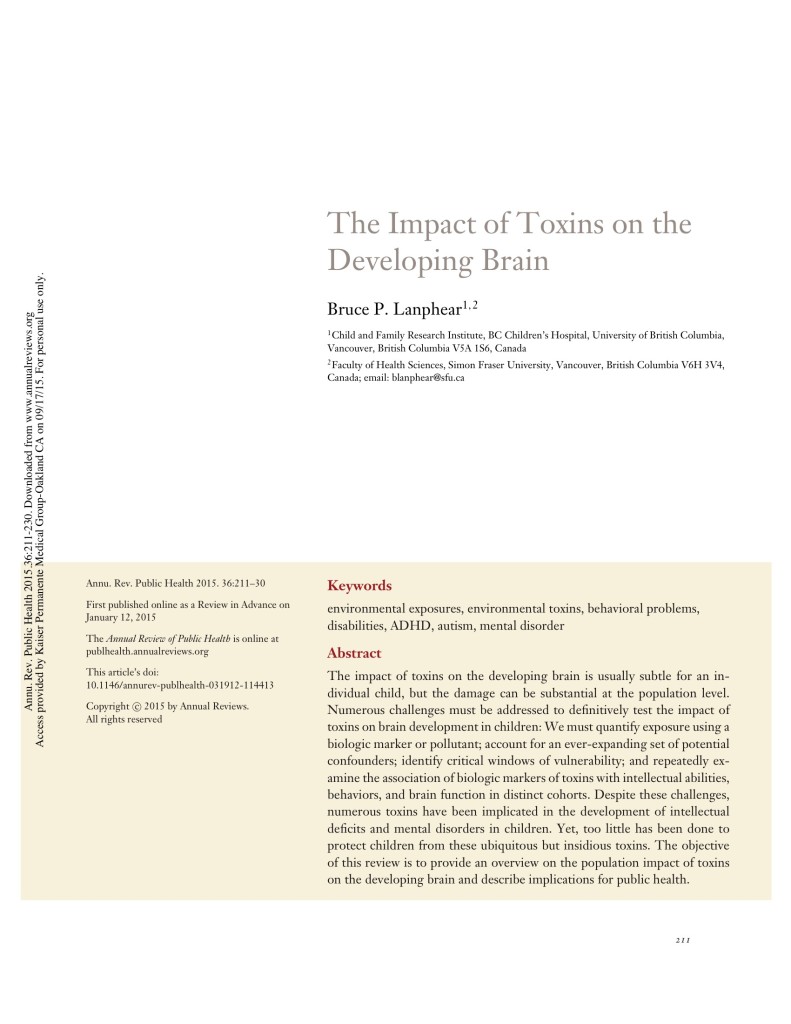Because we are The Center for Total Health (@KPTotalHealth), everything health related is in scope. Because we are Kaiser Permanente, healing people and the planet is in scope.
With that in mind we were happy to tour American University’s Professor Lynne Arneson and students in her undergraduate course “PubHealth 115: Why Aren’t We Dead Yet? Role of Public Health in Society”
The readings she provided were illuminating, so I’m sharing them here.

Samet JM, Spengler JD. Indoor environments and health: moving into the 21st century. Am. J. Public Health. 2003;93(9):1489–93 [Accessed November 18, 2015]
Lanphear BP. The impact of toxins on the developing brain. Annu. Rev. Public Health. 2015;36:211–30.[Accessed November 16, 2015].
In Samet JM, Spengler JD. Indoor environments and health: moving into the 21st century. Am. J. Public Health. 2003;93(9):1489–93, there’s a fascinating history of the evolution of mechanical building design, from the need to reduce human odors, to today’s need to do that plus reduce contaminants and infection threats. It’s definitely a science that’s as vital to health as what physicians and nurses do inside our medical buildings.
In Lanphear BP. The impact of toxins on the developing brain. Annu. Rev. Public Health. 2015;36:211–30. there’s a very robust discussion on the impact of widely used chemicals in society and the impact on our children. They produced a very accessible video which I’m reposting here; it does a great job of showing the impact:
As I read both papers, I was able to easily connect the threats discussed to the work that Kaiser Permanente is doing to eliminate them in our health system and in the environment. It was one of those, “we’re doing the things they are mentioning are the best for health.” And that’s a good feeling – everything from a mercury-free health system, a flame-retardant-free health system, to a PVC and DEHP-free IV-tubing and bags health system (see: #greenhealthcare Part 2: Safer Chemicals (what’s dripping in that IV besides medicine?) ).
The great thing for total health is that all of these concepts are accessible to everyone in the health system. My colleague Erin Meade (@erinm81) remarked as we prepped for the tour that our endocrine systems are better off without disruption. I agree, so I’m glad we’re doing all the things we are to allow people’s hormones to work as intended.
Kathy Gerwig (@KathyGerwig), our environmental stewardship officer for Kaiser Permanente – wrote this blog post which was perfectly timed for the students’ experience: 10 ways hospitals can heal the planet | OUPblog
Joel Sigler, CSP, HEM, from Kaiser Permanente National Environmental Health & Safety, discussed KP’s efforts to remove harmful chemicals and reduce waste in the Kaiser Permanente System, a good family doctor knows what they don’t know, and invites those who do know to join the conversation…
I’m really glad that we’re able to tell a story about how public health and health care work together to heal people and communities at Kaiser Permanente – it’s something that didn’t seem possible during my medical training, and now it clearly is. One more reason why I love this century :).


